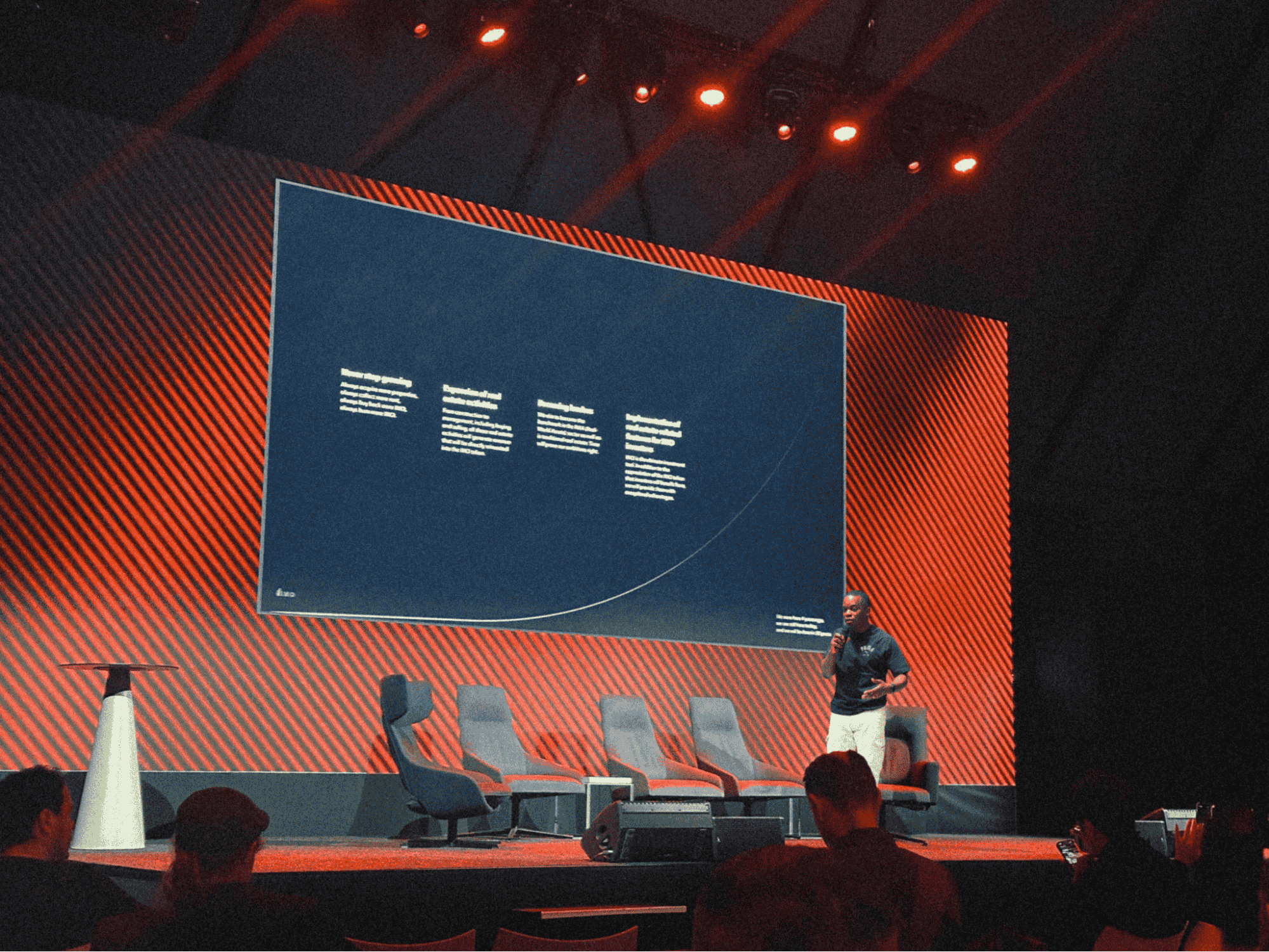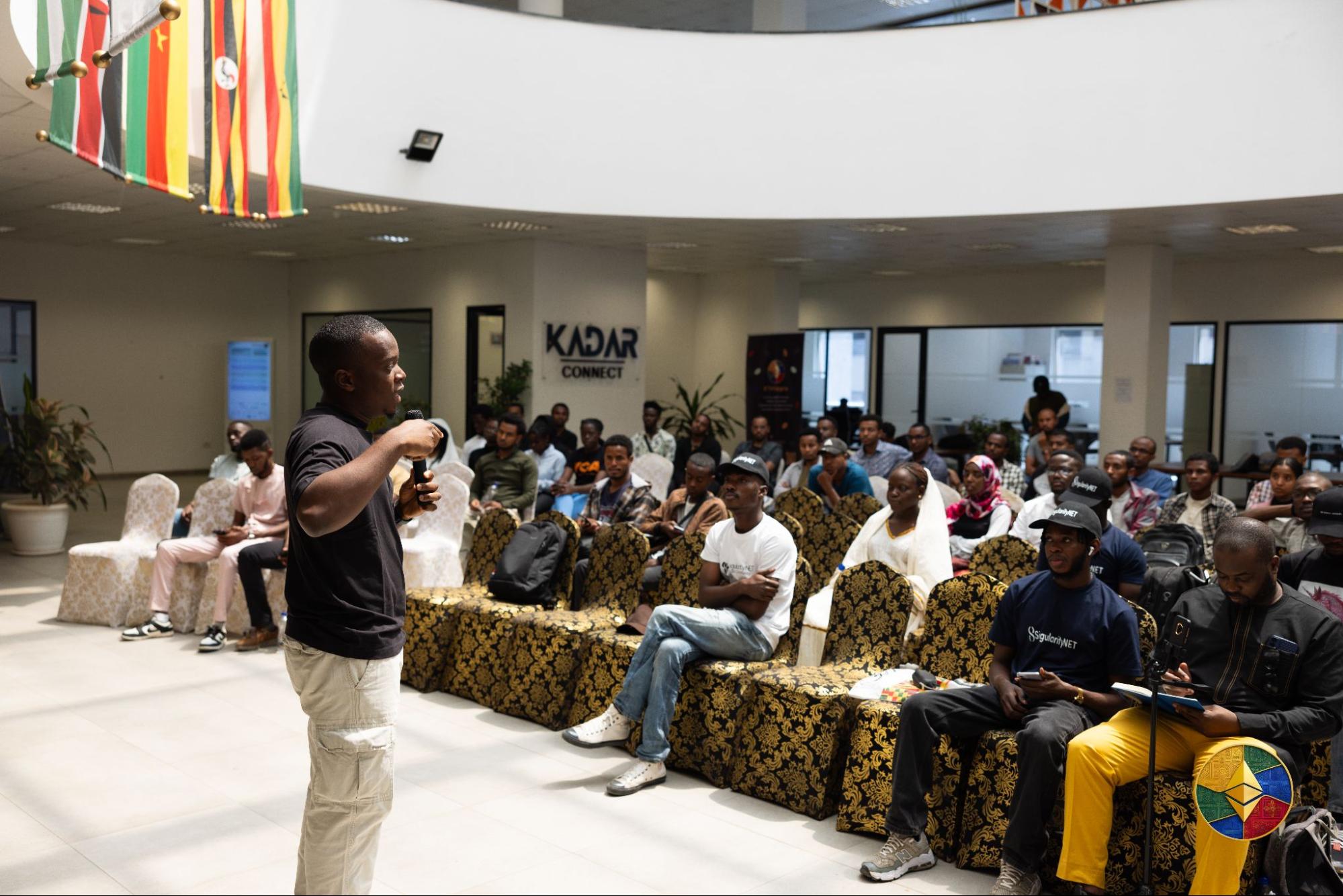







































DevOps Heroes: How Samuel Arogbonlo is advancing blockchain’s fight against financial crime with observability
 AI
AI
 DEV
DEV
 JPMORGAN
JPMORGAN
 ZTG
ZTG
 P2P
P2P
Since the turn of this decade, blockchain has continued to reshape the future of global finance; its most radical promise, transparency, has proven to be both its greatest strength and its most exploited weakness. What was once heralded as an impenetrable public ledger has also become fertile ground for fraudsters hiding in plain sight, moving swiftly using the open nature of decentralised networks to perpetuate sophisticated frauds.
For Samuel Arogbonlo, a senior platform engineer and observability expert, the real battle against financial fraud is not in traditional firewalls or perimeter defences. It lies in the invisible layers of telemetry, logs, metrics, and traces that most people never see but that underpin trust in blockchain infrastructure. It is here, behind the curtain, that he is helping the industry close its blind spots and protect users against increasingly sophisticated fraud.
With more than four years of experience designing secure, scalable systems in the Web3 space, Arogbonlo represents a new generation of engineers who see DevOps not just as a technical practice but as a frontline defence against financial crime. His work shows how observability is fast becoming the frontline of financial security in a world built on decentralised systems.
From childhood curiosity to cloud-native command
His journey into technology started long before cloud certifications and Kubernetes clusters became part of his daily vocabulary. His imagination had taken flight before cloud-native architectures and blockchain platforms dominated headlines. Growing up in Nigeria in the 1990s, he was surrounded by a family of engineers. His earliest exposure to computing came from watching his father use AutoCAD on a bulky home PC.

By the age of six, he was already ahead of his peers. In fact, he was teaching adults the basics of computing in a makeshift classroom in his family’s living room. That early curiosity sparked a lifelong obsession and search for answers to simple yet profound questions like, “How does pressing ‘A’ make an ‘A’ appear on the screen?”
“I always wanted to know how things worked,” he recalls. He carried that inquisitiveness through to university, where he immersed himself in programming, embedded systems, and infrastructure design.
His career began with roles in full-stack development and systems architecture before he specialised in platform engineering. Today, he is leading infrastructure initiatives focused on making blockchain networks not just faster and more scalable but also resilient against fraud.
Observability as the missing layer in fighting fraud on the blockchain
In the blockchain ecosystem, fraud detection is uniquely challenging. The absence of a central authority and the growing complexity of multi-chain platforms have created gaps that bad actors exploit. For Arogbonlo, observability is the missing layer.
“Observability isn’t just about knowing something went wrong,” he explains. “It’s about understanding why it happened and where the anomaly started, before it escalates into a system-wide failure or fraud vector.”
Unlike traditional monitoring tools, observability frameworks can stitch together fragmented data across multiple blockchains. Arogbonlo has pioneered approaches that combine real-time smart contract analysis with cross-chain observability, enabling companies to detect fraud before it spreads.
One area of focus is cross-chain fraud, a growing problem where attackers exploit blind spots between networks. A scam may start on one protocol and end on another, making detection difficult. By applying graph analytics and forensic tracing, he connects the dots across Ethereum, Solana, and smaller chains. The results are clear patterns of suspicious activity that might otherwise remain hidden in plain sight.

“Transparency doesn’t always mean visibility,” he says. “Fraud is often technically visible, just not recognisably malicious until it’s too late. Observability bridges that gap.”
Looking ahead, Arogbonlo believes the future of blockchain security lies in collaboration. Just as cybersecurity firms share malware signatures, he envisions blockchain protocols pooling their threat intelligence. He imagines decentralised security networks, powered by interconnected observability nodes, sharing anomaly data, exploit warnings, and real-time behavioural scoring across ecosystems.
He predicts three defining trends that will mark the next phase of blockchain security. Artificial intelligence will shift systems from passive detection to active defence, neutralising threats on the fly. Zero-trust protocols will demand continuous verification for every transaction and contract interaction. And behavioural biometrics will redefine digital identity, making wallet and protocol security more context-aware.
“Regulations are playing catch-up,” he warns. “That’s why proactive observability isn’t just best practice anymore. It’s a survival strategy.”
Samuel Arogbonlo: Engineering for global impact
Arogbonlo’s contributions extend beyond theory. His work at pioneering Web3 companies like Zeitgeist PM and ChainSafe Systems has helped build infrastructure that now powers mission-critical blockchain applications around the world.
Today, he serves as Senior Infrastructure Engineer at P2P Staking, the largest institutional staking provider in the industry. With a total value locked of more than $10 billion and clients ranging from BitGo to Ledger, ByBit, and Crypto.com, P2P Staking commands more than 20 per cent of the restaking market. The reliability of its systems is critical not just to its clients but to the health of the broader blockchain ecosystem.
“In Web3, you’re building infrastructure for people who may never meet a banker or regulator,” he says. “Their entire financial future may depend on the reliability of your system.”
But his mission doesn’t stop at corporate boardrooms or data centres. Through his nonprofit initiative, Sabino Tech, Arogbonlo has trained and mentored aspiring software engineers, helping many land roles at firms like JPMorgan and Goldman Sachs. He has also educated thousands of developers through initiatives like the Google Developer Scholarship Programme.
As a speaker, he has shared insights at global conferences, including Conf42 SRE, Ethiopia, and Web3 Amsterdam.

Through his podcast, The Software Mindset, he continues to break down complex topics like Web3 and AI for a wider audience, exploring how technology intersects with ethics, culture, and society.
Asked what advice he would give his younger self, Arogbonlo didn’t hesitate. “Take more risks,” he says. “The biggest breakthroughs came from tackling things I didn’t feel ready for.”
That mindset has carried him from a curious six-year-old in Nigeria to one of the blockchain industry’s most innovative engineers.
His work underscores a simple truth: the fight against financial crime will not be won by regulation alone. It will be won in code, in logs, in latency, and in the unseen systems that protect billions in digital assets every day.
As blockchain adoption accelerates and cybercriminals become more sophisticated, the engineers building observability frameworks are quietly shaping the future of trust.
And at the forefront of that fight is Samuel Arogbonlo, a technologist proving that in the decentralised world, transparency must be matched with vigilance.

